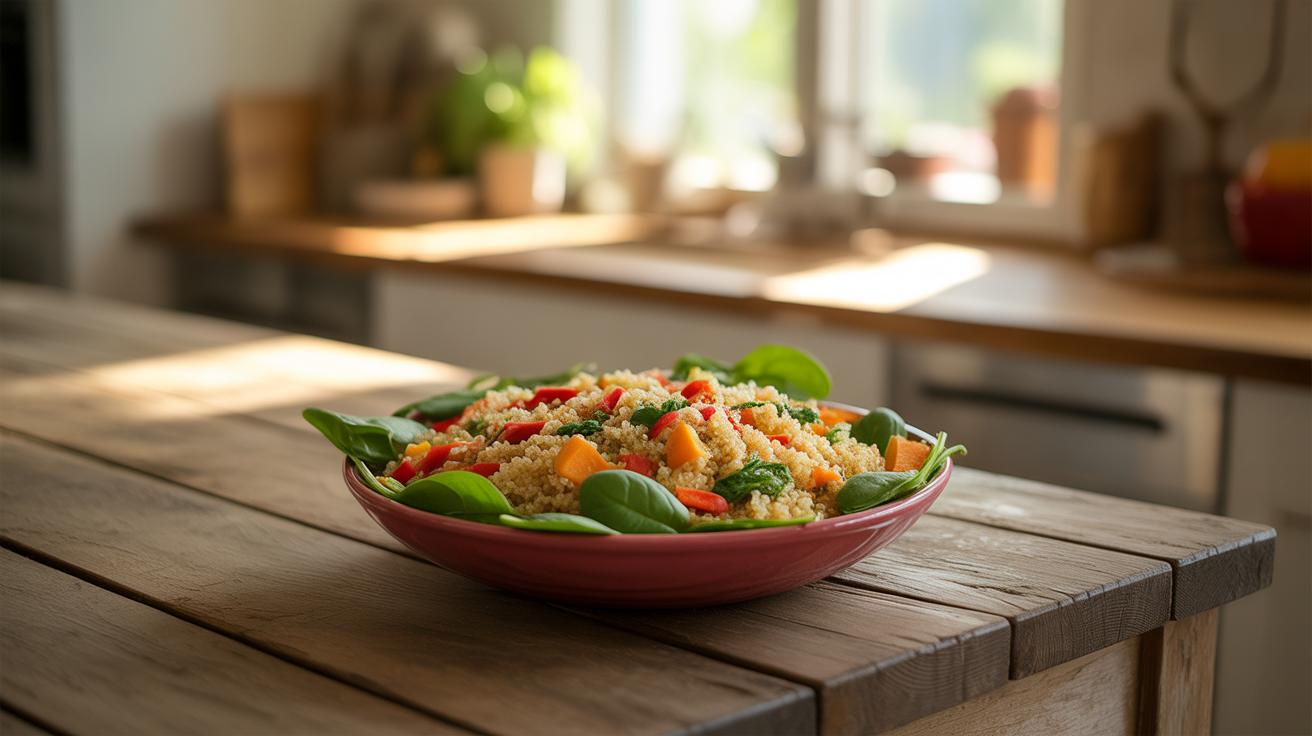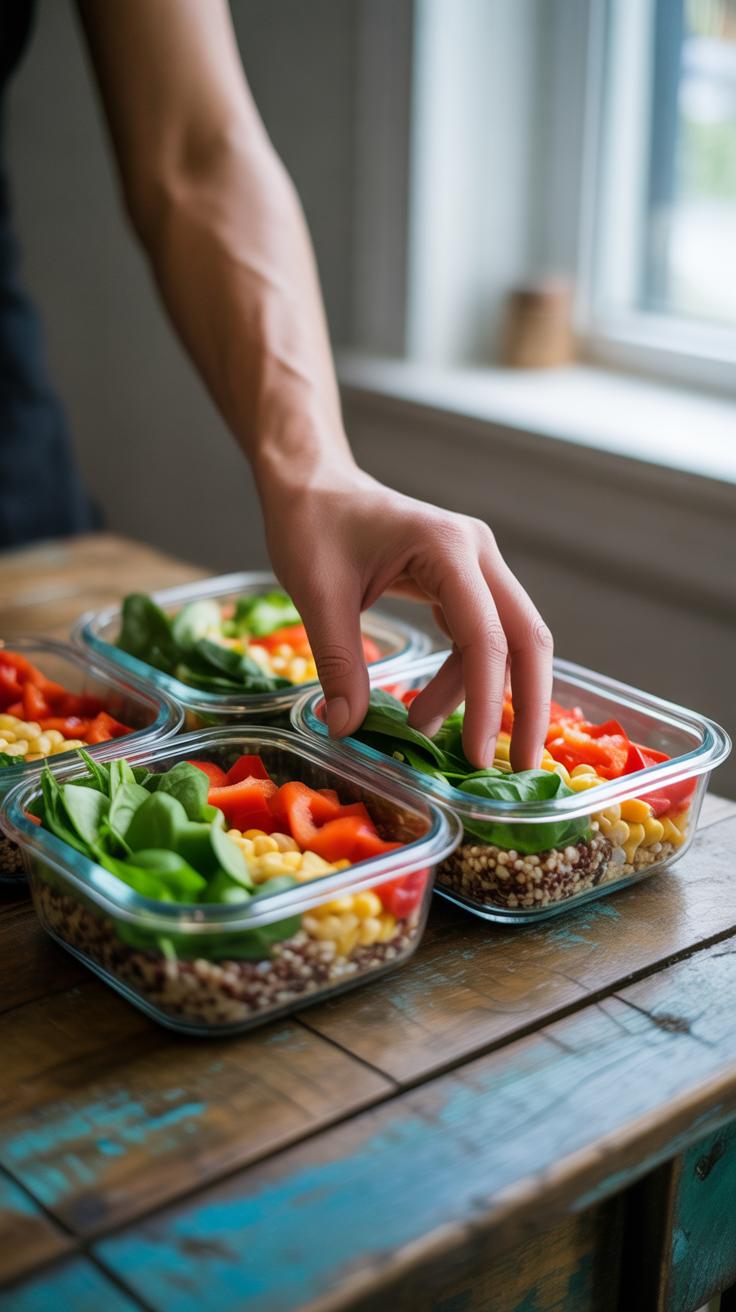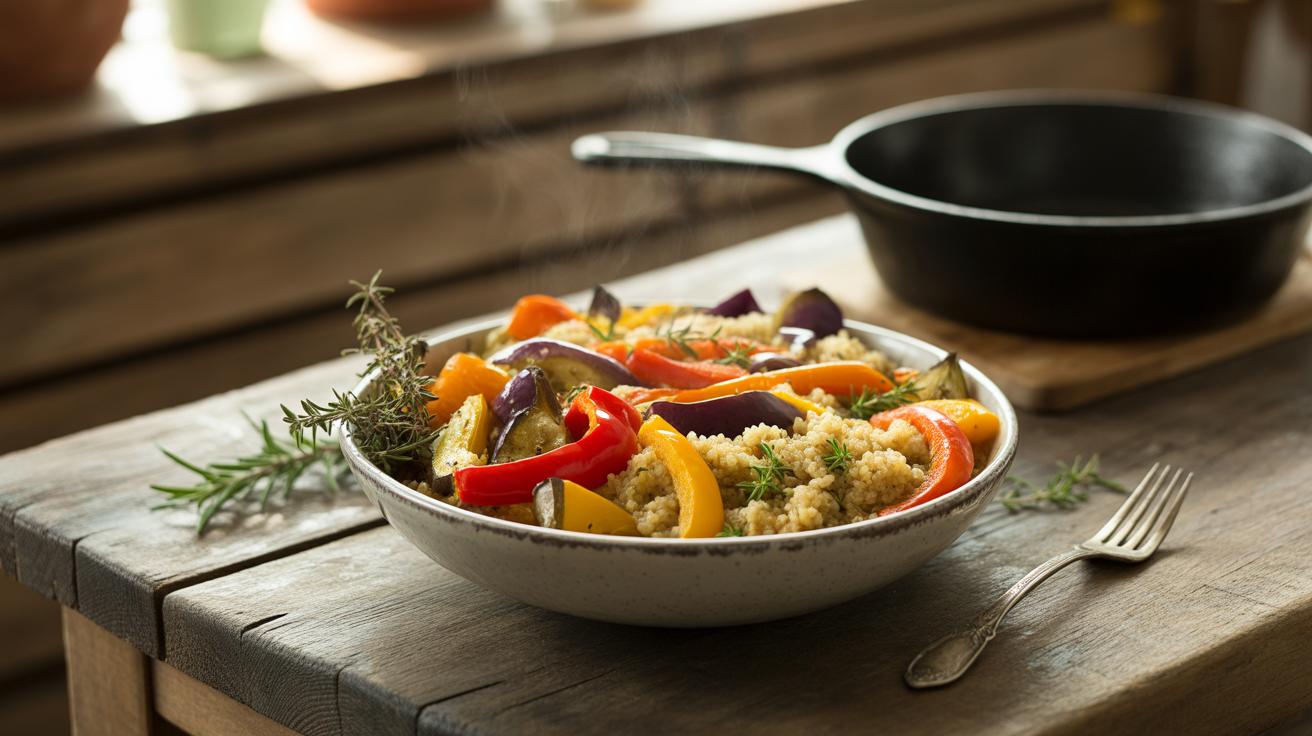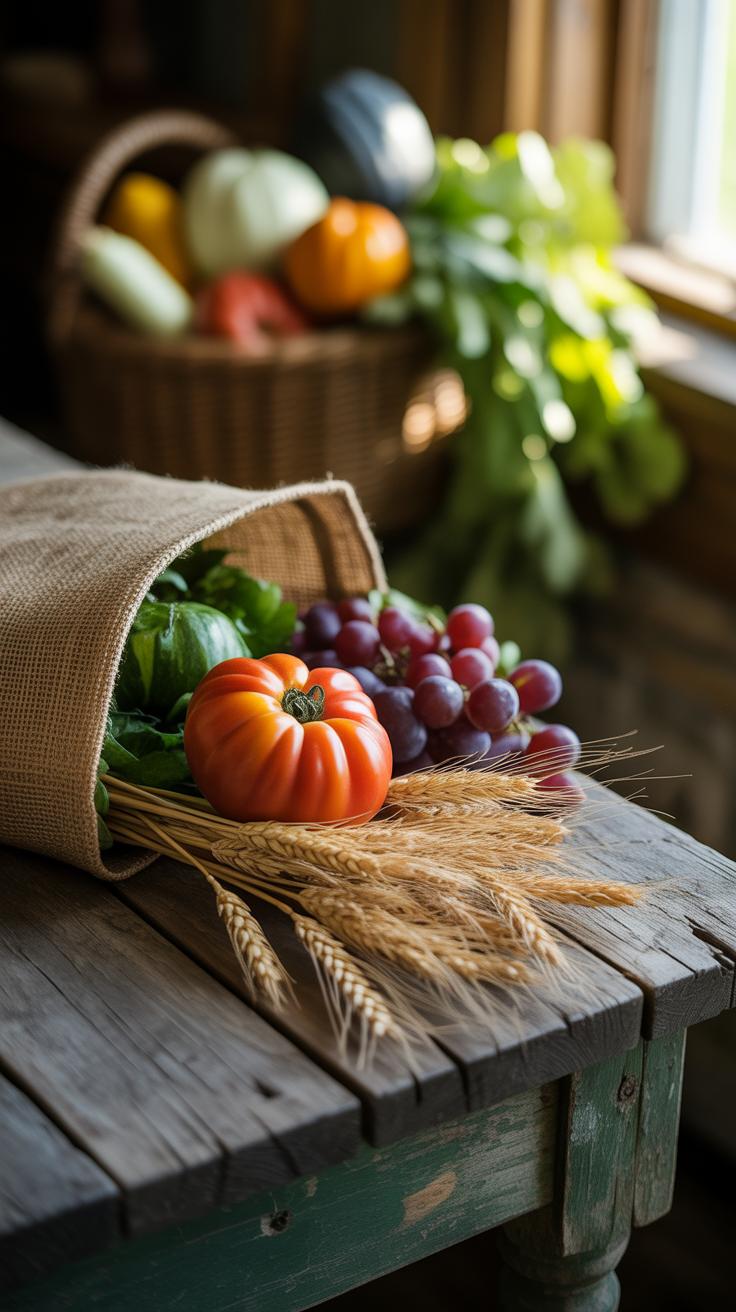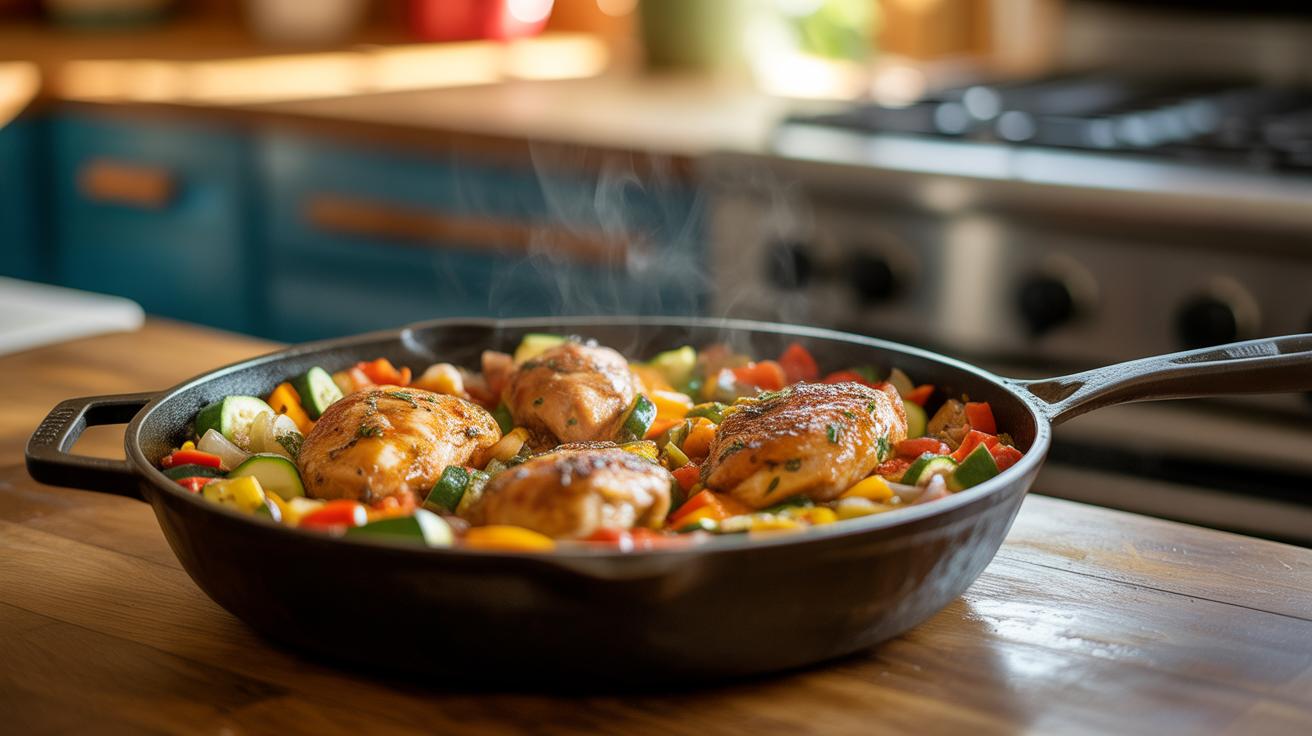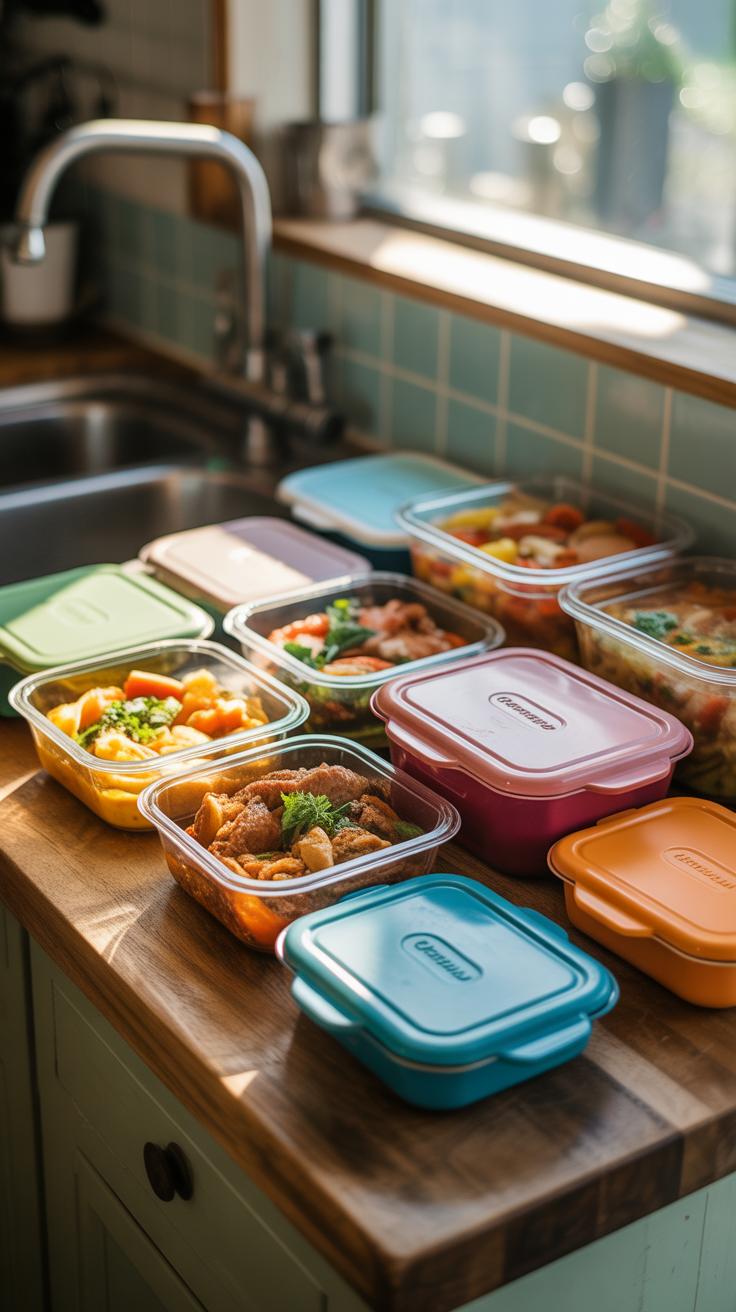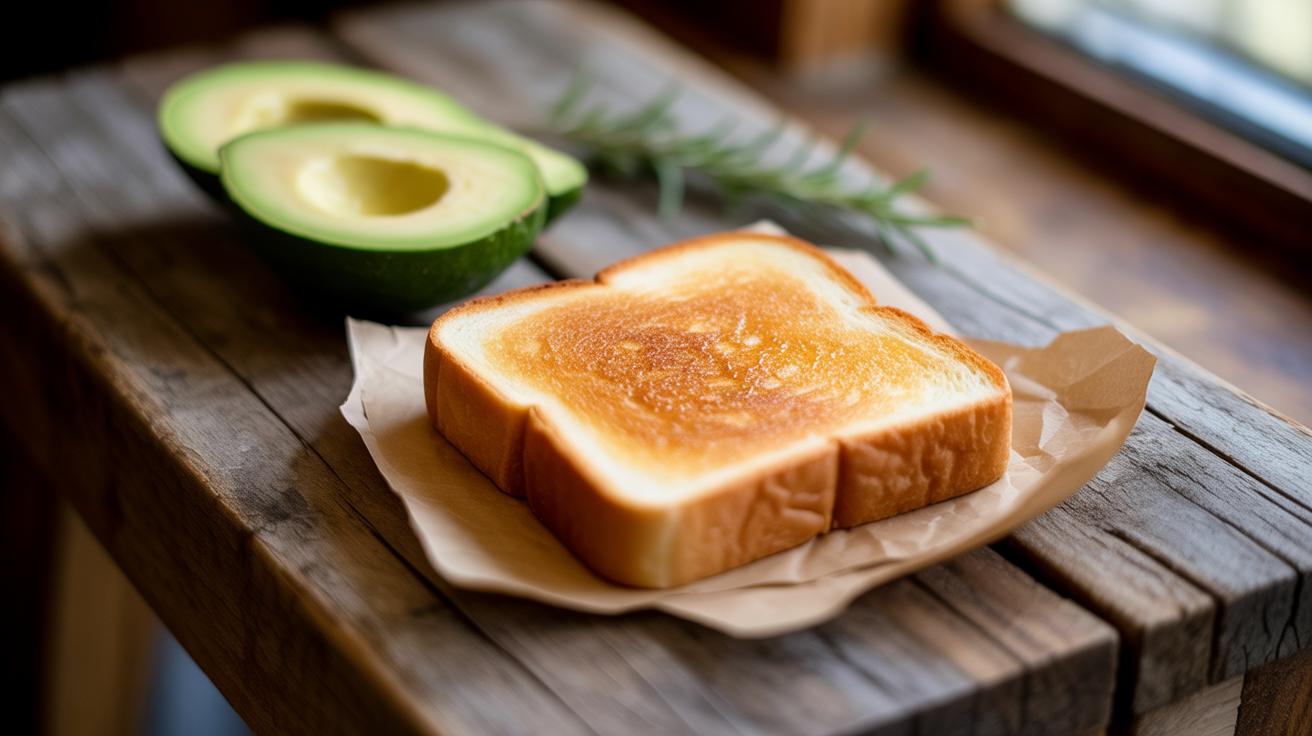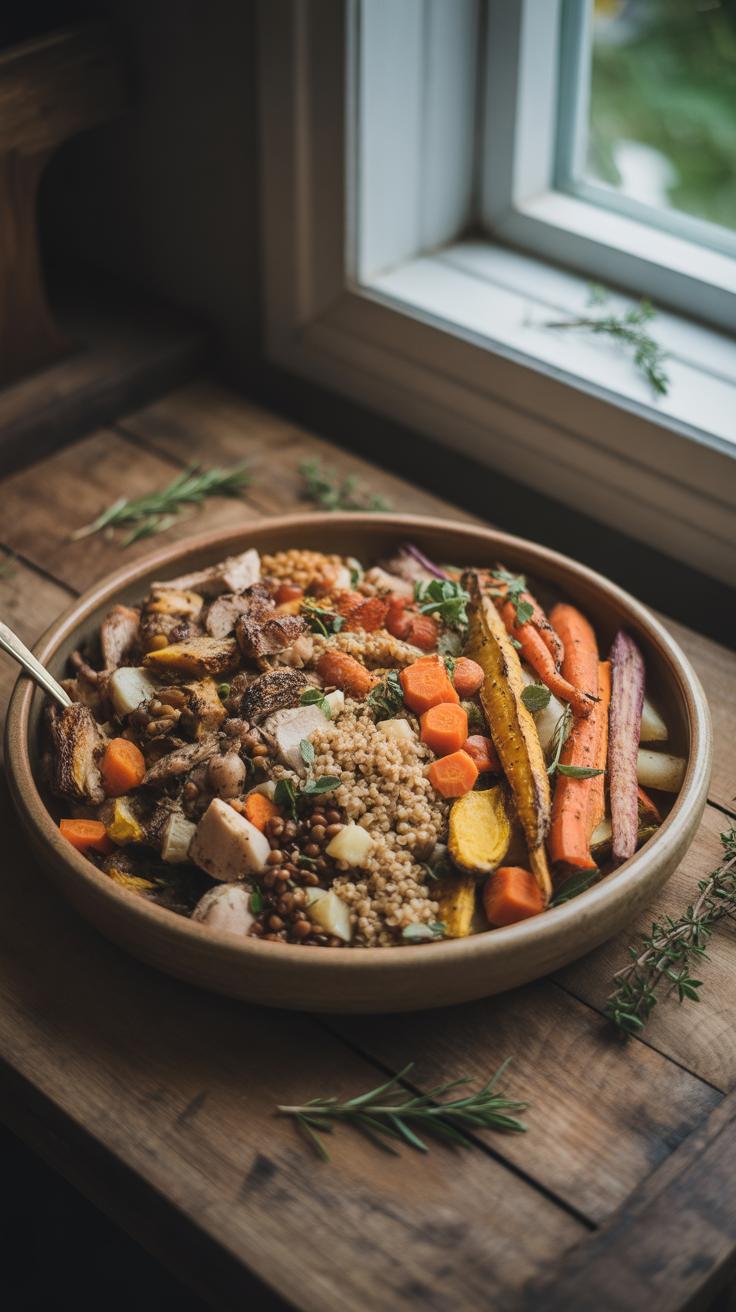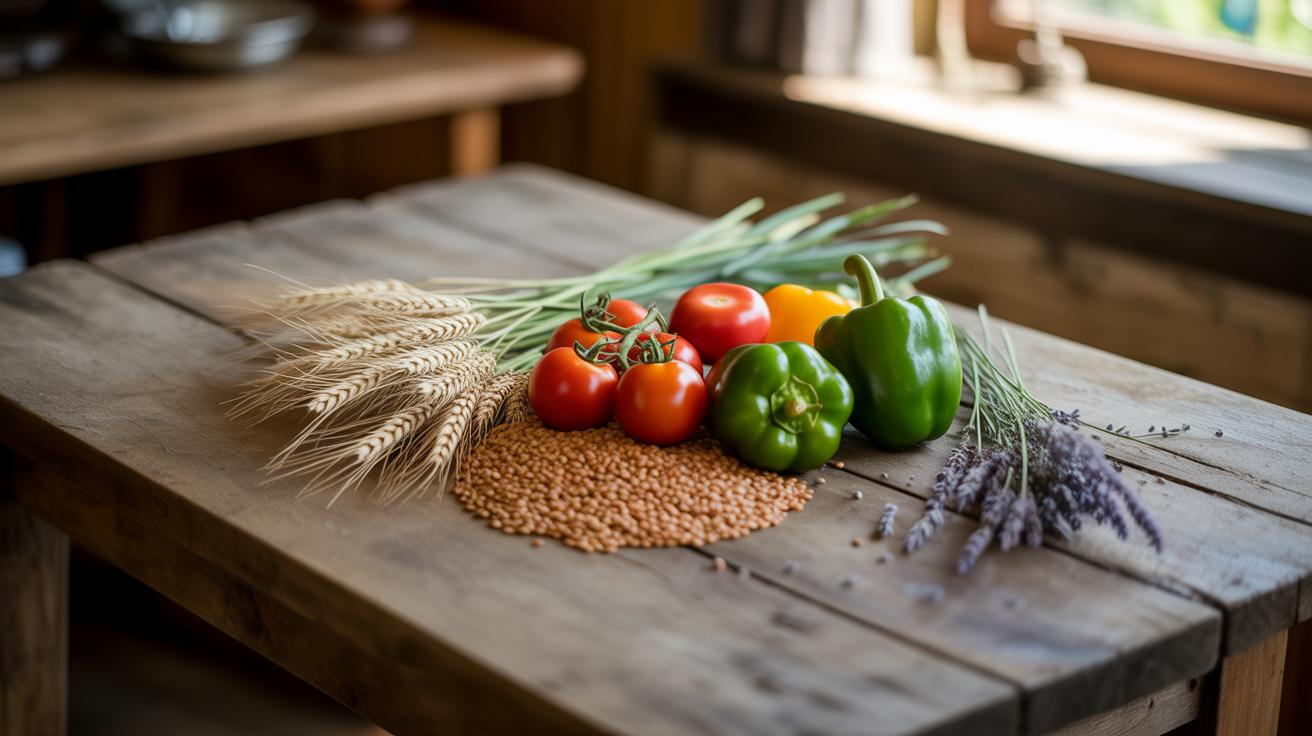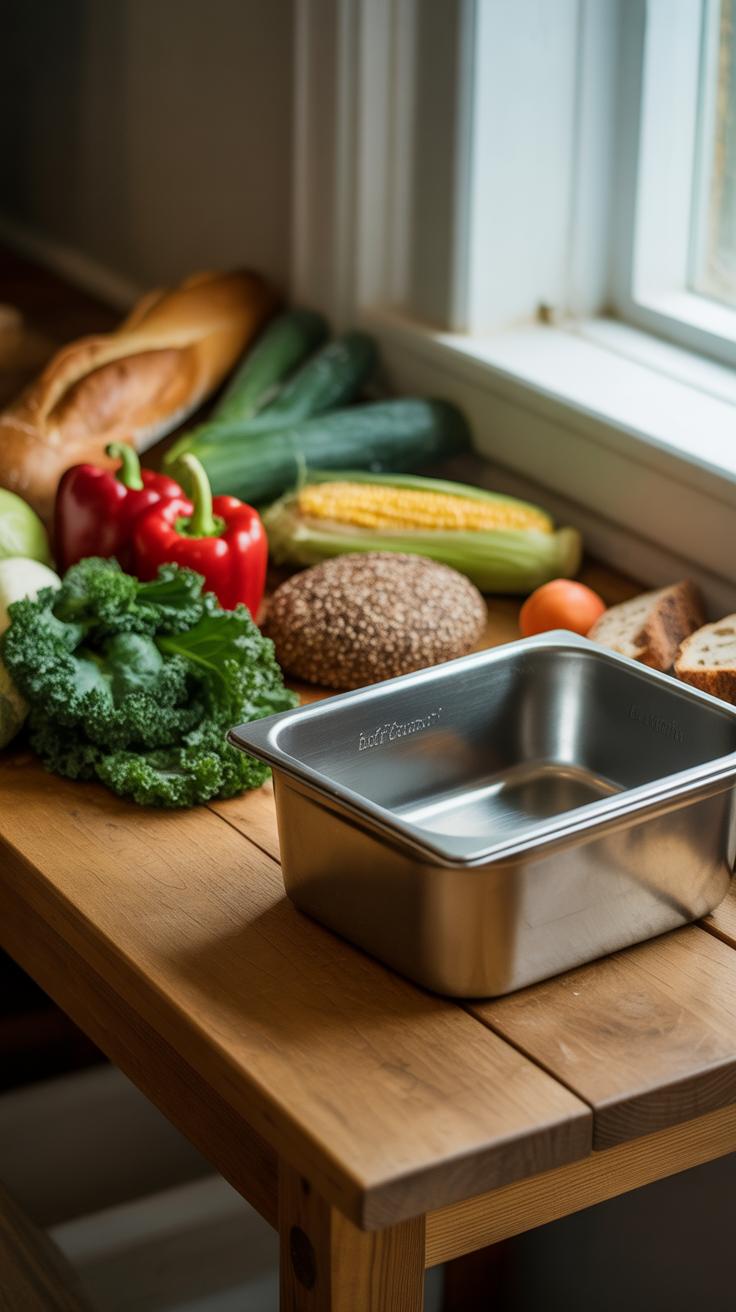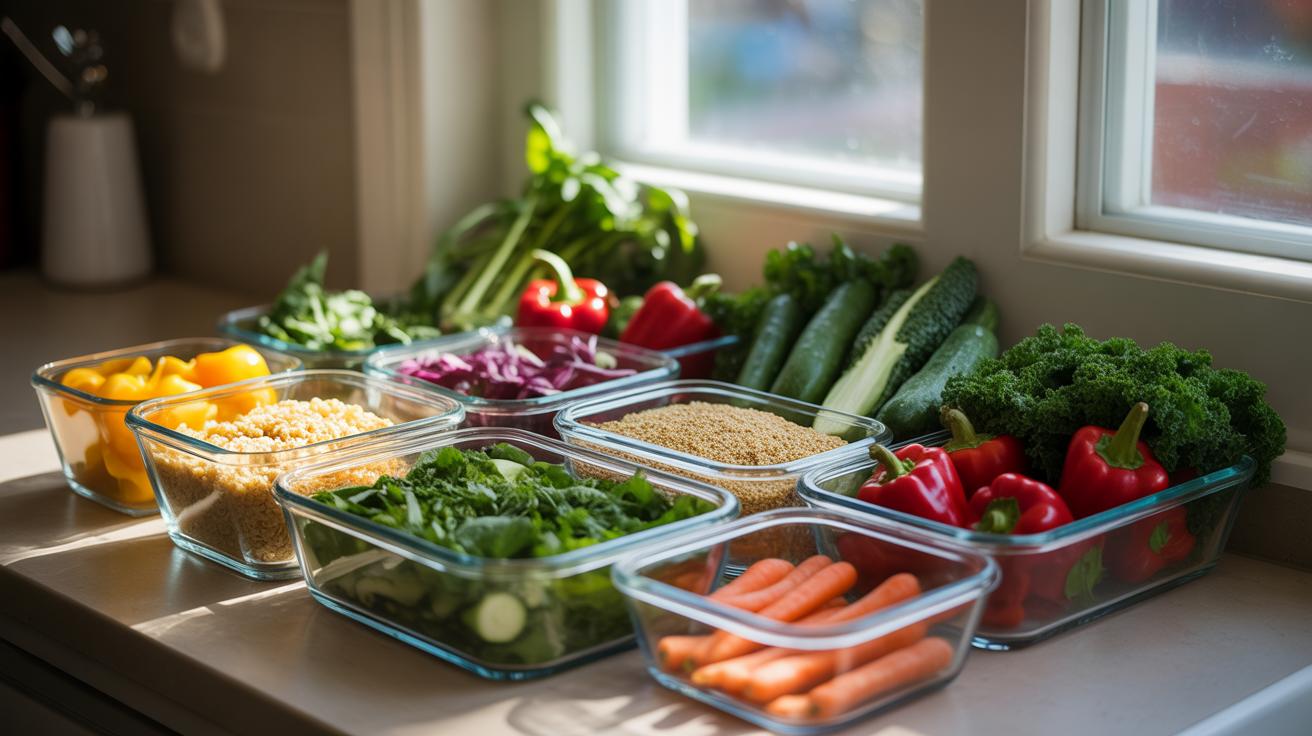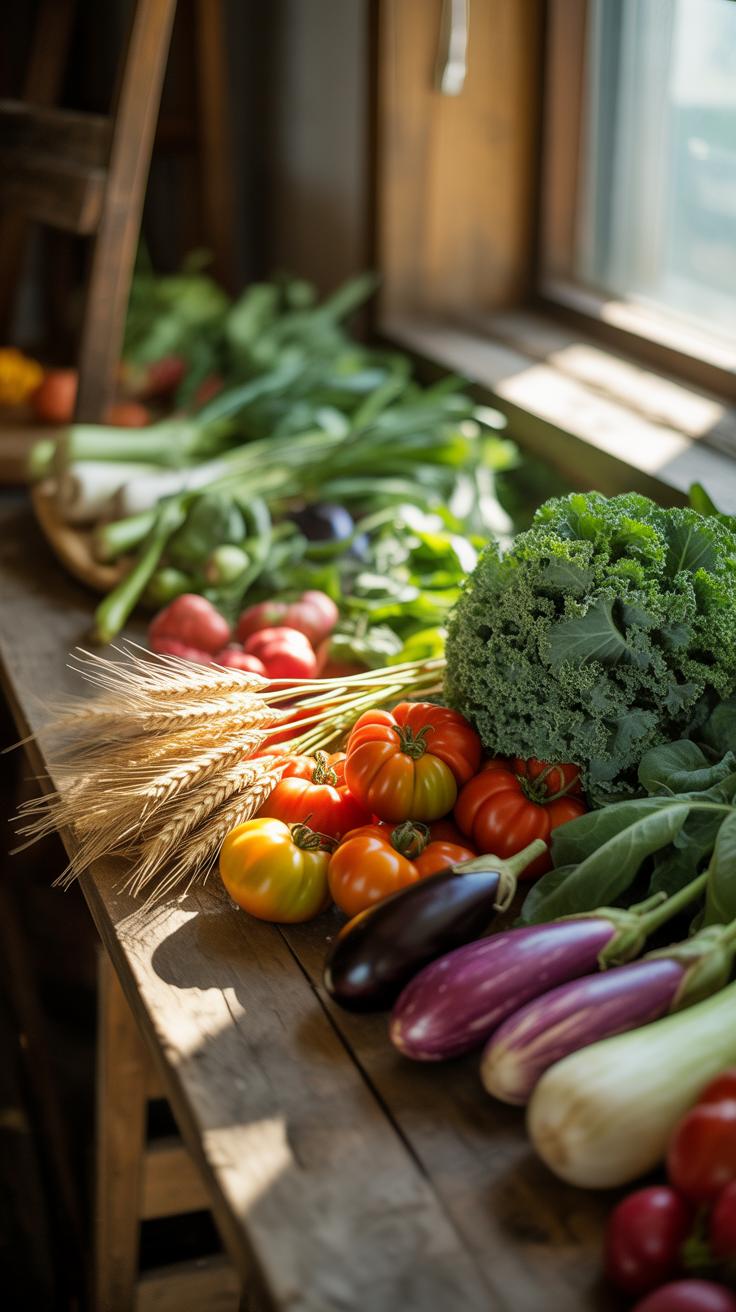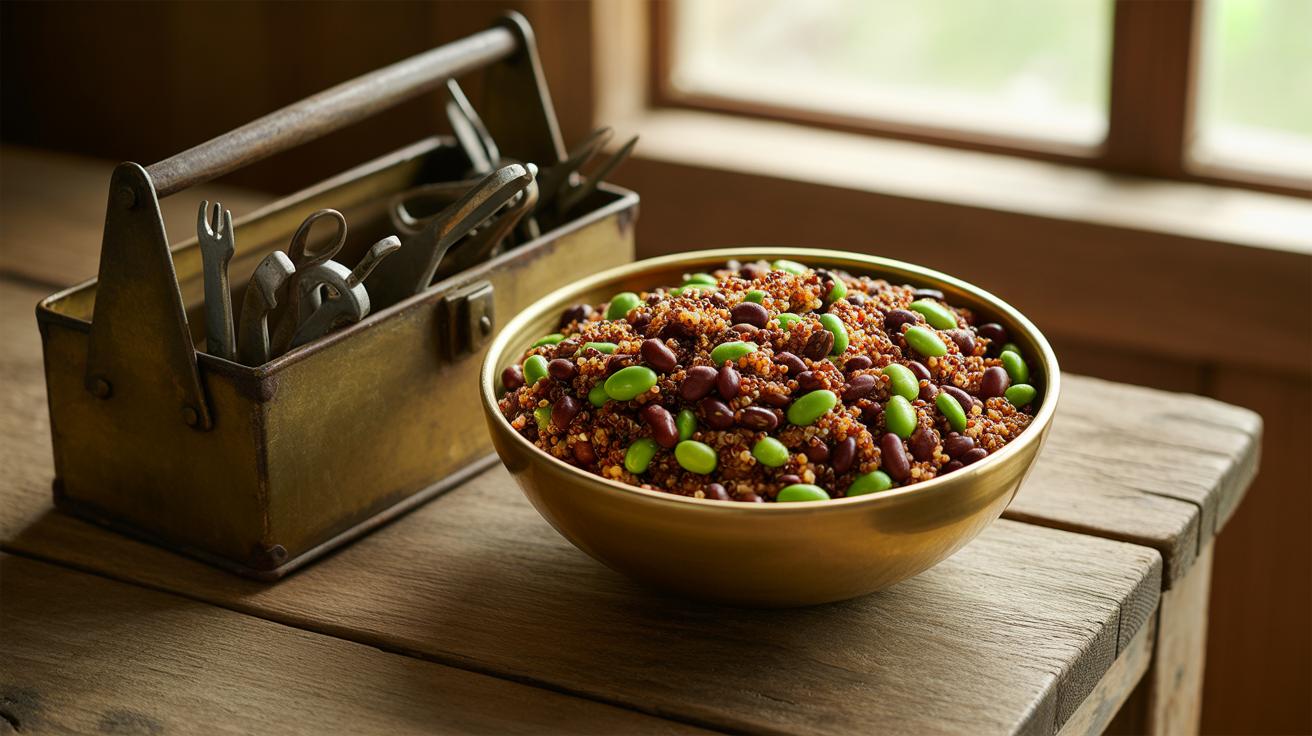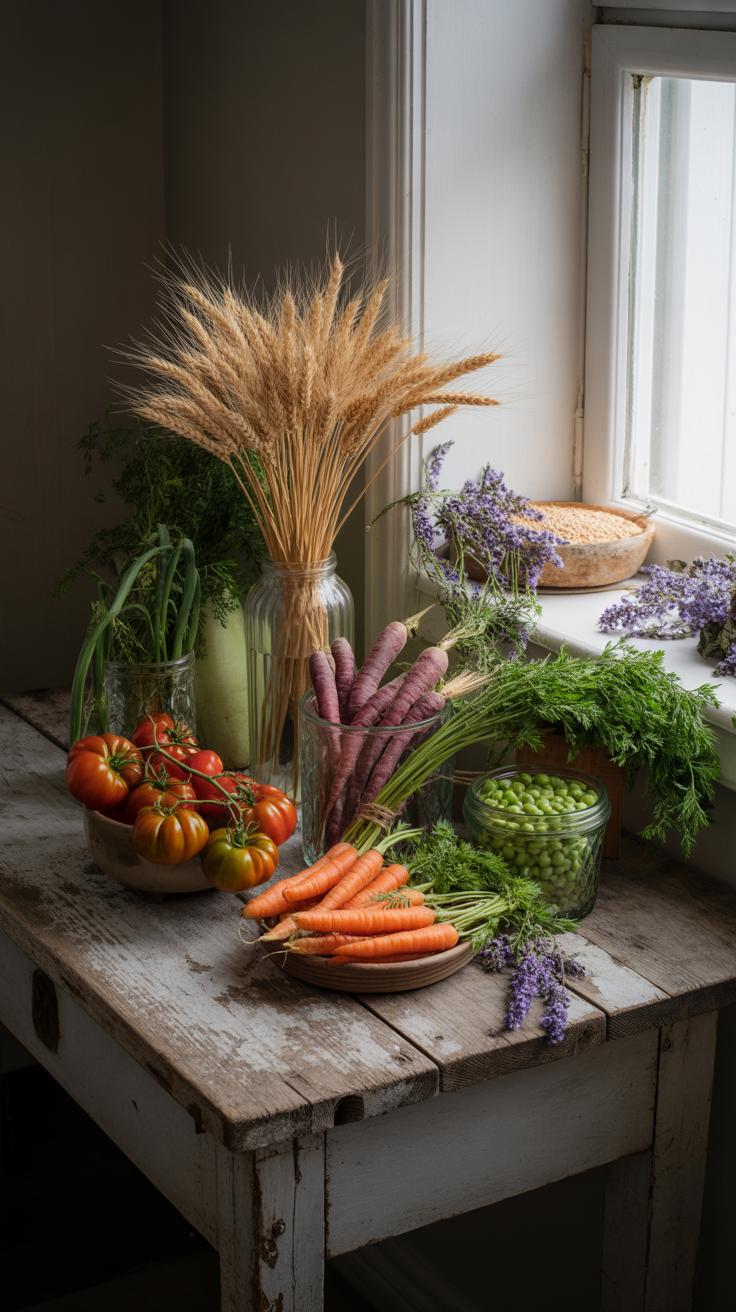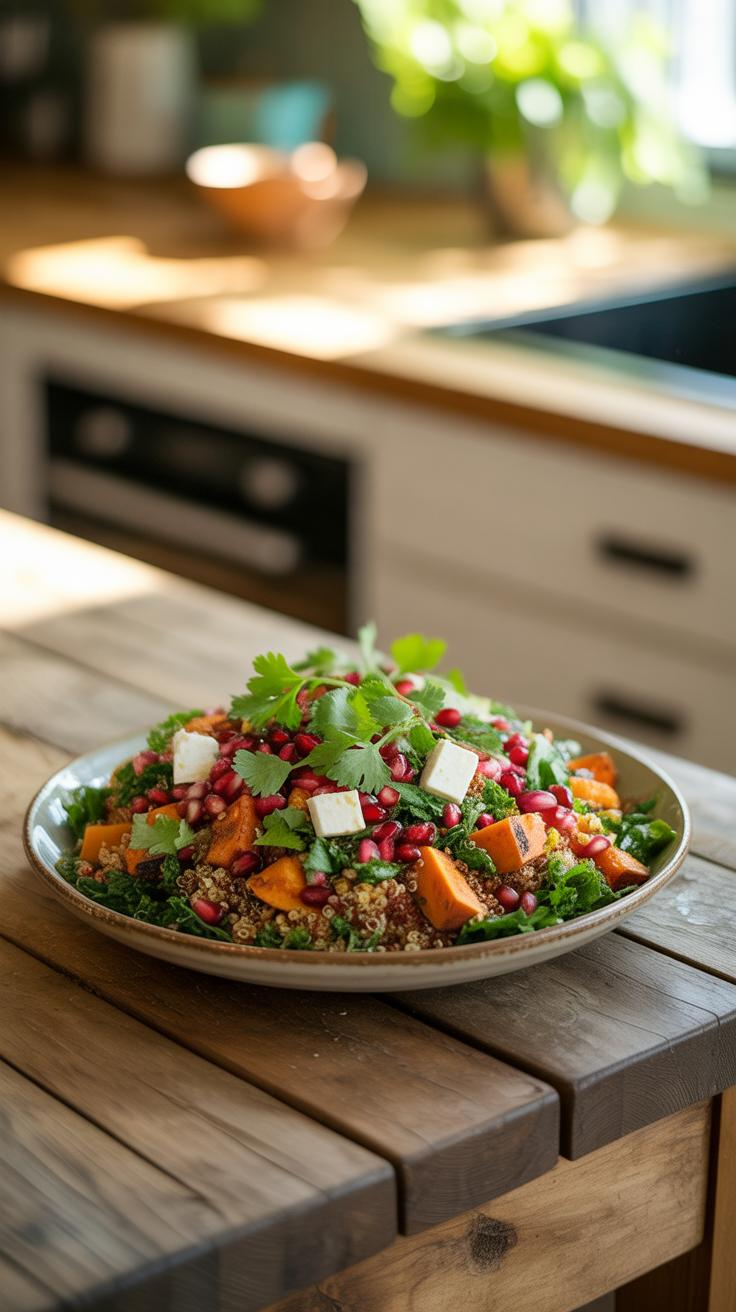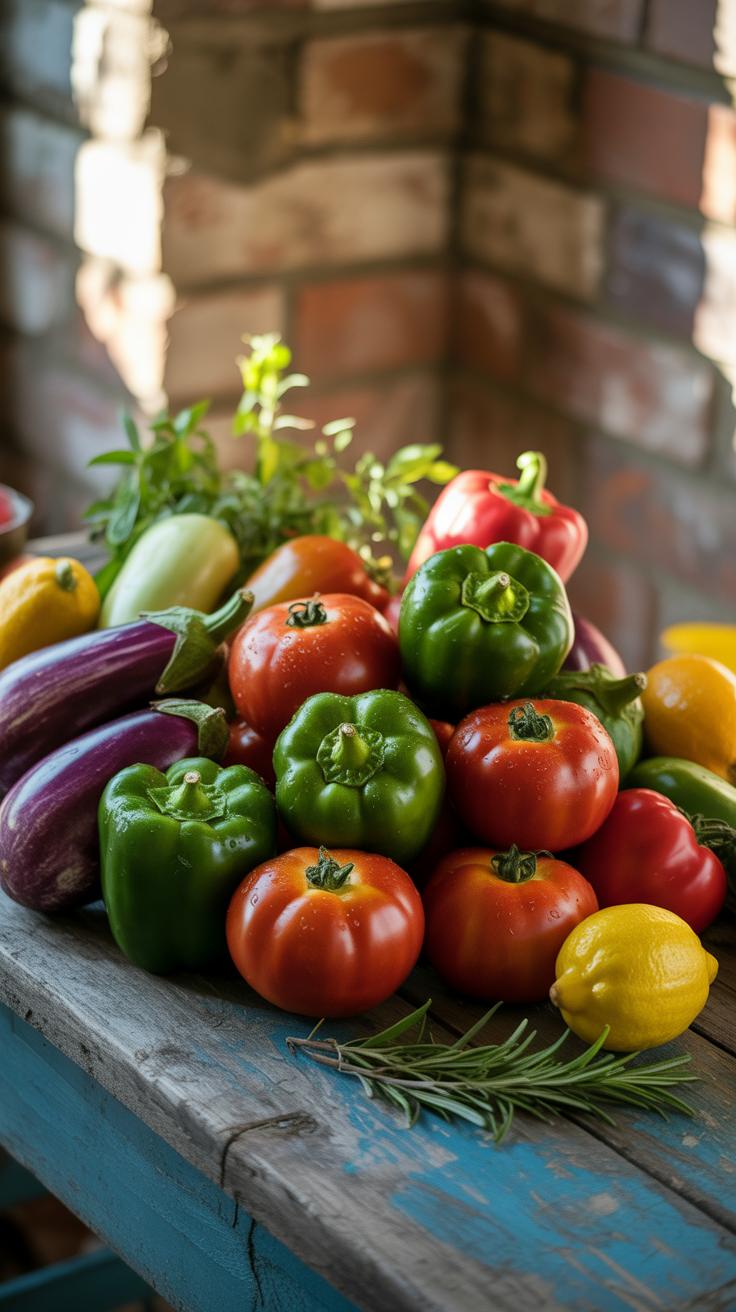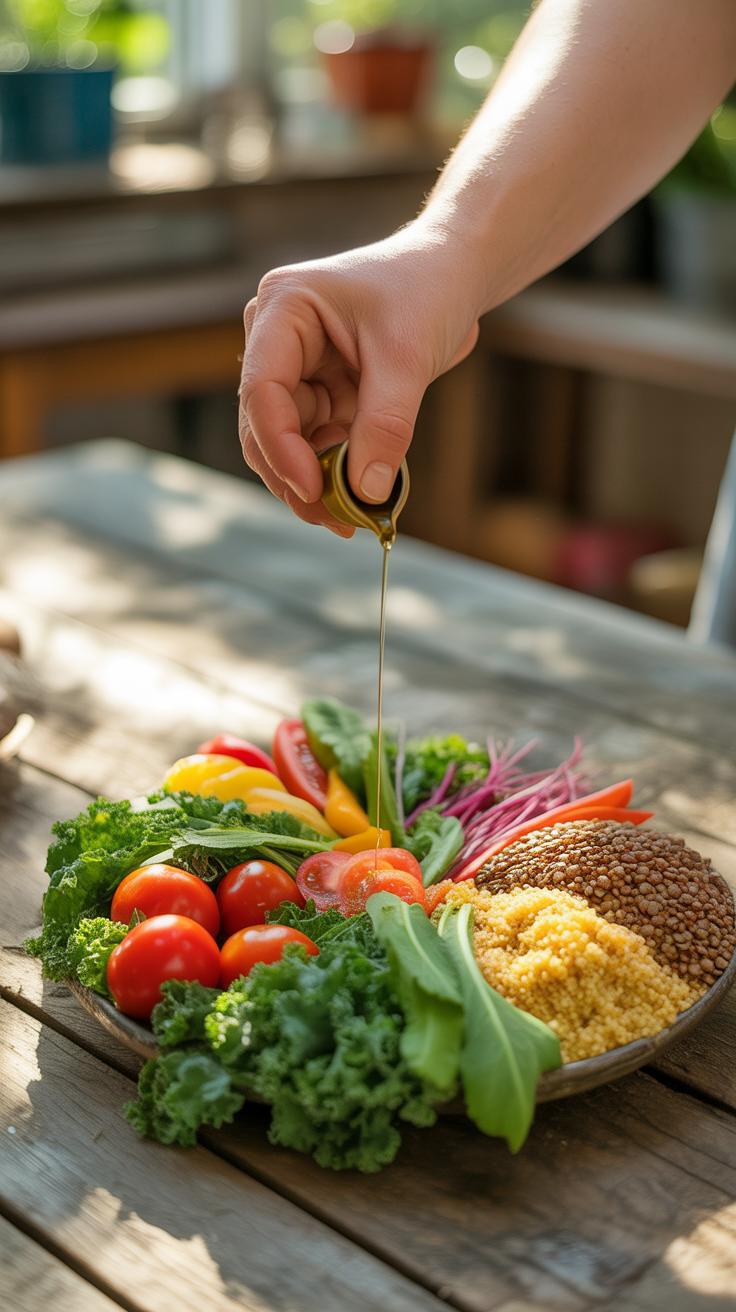Introduction
Healthy meal plans help you eat well without overspending. The idea is to pick foods that are good for you and don’t cost too much. This article explains how you can reduce your grocery bills by as much as 40 percent. You will learn tips and examples that make meal planning easy and affordable.
Planning meals ahead saves you time and money. You avoid buying extra food and waste less. When you choose ingredients carefully, you can balance taste, nutrition, and cost. Let’s explore ways to make healthy eating simple and cheap.
Plan Weekly Meals for Savings
Planning your meals a week ahead can seem like a fuss at first, but it really changes how you shop and cook. When you know exactly what you need for each meal, you’re less likely to grab extras you don’t use—or forget items, forcing last-minute runs. This means your grocery bill stays lean and food waste drops because you only buy what you will actually eat.
Try breaking your week into manageable chunks. Maybe start with dinners, then add lunches and breakfasts once you get the hang of it. A clear meal schedule helps you spot when leftovers can be reused. For example, a roast chicken Monday can turn into chicken salad Tuesday, avoiding waste and saving time.
Once your meals are mapped out, write a focused shopping list from that plan. It’s tempting to throw in treats or “just-in-case” items, but sticking to a list means fewer impulse buys—and these often add up. You might find shopping quicker and cheaper too, moving straight to what you need. Did I mention it’s kind of satisfying, sticking exactly to a list?
Create a Simple Meal Schedule
Start by jotting down meals for each day, balancing protein, veggies, and carbs without overcomplicating things. Think of simple combos you enjoy and can tweak easily. Plan to use leftovers in creative ways to avoid dull repeats. Like turning roasted veggies into a frittata or leftover rice into a stir-fry. It keeps meals interesting—and your ingredients working harder.
You don’t have to be perfect here. Some days might have a planned “easy meal” or even leftovers straight up. That’s fine. The goal is to keep things manageable and reduce last-minute takeout temptation, which often hits your wallet hard.
Make a Focused Shopping List
Your shopping list should follow your meal plan closely. Write down exact quantities to avoid buying more than needed—like just 2 onions if a recipe calls for it, not a bag of 5. Keep categories simple: produce, proteins, pantry staples. Crossing off items as you shop can keep you disciplined, but also help eyeball alternatives on the spot.
Without this focus, it’s easy to wander aisles and grab things that seem cheap but don’t fit your meals. Those impulse buys might stack up fast. Sticking to your list doesn’t mean no treats, but think of it as a financial boundary that’s flexible yet firm enough to keep spending in check.
Have you noticed how much calmer shopping feels with a plan? It’s almost like you walk in knowing what you’ll cook, and the rest fades out. Makes me wonder why more people don’t do this regularly.
Shop Cost Effective Ingredients
Choosing affordable yet healthy foods can really cut down your grocery bills, sometimes by a surprising margin. It’s tempting to reach for the more expensive “superfoods,” but simple, budget-friendly options often pack just as much nutritional punch. For instance, carrots, cabbage, and potatoes are usually inexpensive and last long, making them great staples. They can fill your plate with fiber and vitamins without emptying your wallet.
Proteins, too, don’t have to be pricey. Eggs, canned tuna, and chicken thighs offer good nutrition at a reasonable cost. You might even find frozen fish deals that stretch your dollars far. Often, fresh meat cuts come at a premium, but a quick swap to these alternatives can ease strain on your budget—and still keep you healthy. Have you thought about how small changes in your ingredient choices could add up to real savings?
Use Seasonal and Bulk Foods
Buying fruits and vegetables in season can dramatically lower what you spend. Seasonal produce tends to be cheaper because it’s more abundant and requires less shipping. For example, apples in fall or tomatoes in summer usually cost less. Plus, they taste better—well, most of the time, anyway.
Bulk buying also saves money, especially for foods you use often. Things like rice, oats, and dried beans stored properly can save you trips to the store and cost less per serving. Sure, buying in bulk means planning ahead and having enough storage space, but the cost benefits usually outweigh the hassle. You might catch yourself wondering why you didn’t start doing this sooner.
Compare Plant-Based vs Animal Proteins
Plant-based proteins like beans, lentils, and chickpeas often come at a fraction of the cost compared to many animal proteins. They also offer fiber and lower saturated fats, which can be better for your heart. While some argue that animal protein is more complete, combining plant proteins can cover the amino acid needs easily.
That said, not all animal proteins are out of budget range. Chicken, especially cheaper cuts, can sometimes cost less than more processed plant-based meat substitutes. Plus, these cuts provide essential nutrients like iron and B12. It’s tricky to pick a clear winner here because cost and health goals vary, but mixing plant and animal options based on your preferences may balance savings with nutrition better than focusing on one alone.
Cook in Batches and Freeze
Batch cooking can really change the way you handle meals throughout the week. When you prepare a larger quantity at once, you end up cutting down daily cooking time—no need to scramble every evening if you already have meals set aside. It might seem like a lot of work upfront, but it pays off. Plus, using ingredients in bigger amounts often means less waste and better deals when shopping.
Imagine spending one afternoon making chili or a vegetable stew, then portioning it out into containers before sticking them in the freezer. When dinner time rolls around, you just reheat a ready-made meal. No last-minute trips to the store or reliance on convenience foods. It’s practical and surprisingly freeing.
How you store these meals matters a lot too. Portioning before freezing keeps things simple—grab what you need without defrosting a mountain of food. Using airtight containers or heavy-duty freezer bags helps prevent freezer burn. Label each container with the date so nothing gets lost or eaten too late. And while some dishes freeze better than others, do a little experimentation to find your favorites that hold taste and texture well.
Use Leftovers Creatively
Turn Leftovers into New Dishes
Leftovers don’t have to be boring or repetitive. With a bit of imagination, you can turn your previous meal into something fresh and appealing. For instance, leftover roasted vegetables can become a base for a hearty frittata, or mixed into grains for a quick salad. Cooked chicken can find new life in soups, wraps, or even as a pizza topping. Think about transforming a simple rice dish by adding beans, salsa, and cheese for a quick burrito bowl.
Sometimes, a little seasoning change or adding fresh herbs can make a world of difference. You might wonder if reheating meat in a different sauce would taste odd, but often it doesn’t—sometimes it tastes better. Leftover pasta isn’t just pasta; add eggs and a bit of cheese for a savory baked casserole. These small shifts can save money and reduce waste without feeling like you’re stuck eating the same thing twice.
Store Leftovers Properly
Keeping leftovers safe and fresh is as crucial as coming up with meal ideas. The way you store food influences how long it remains edible and tasty. Cool leftovers quickly—ideally within two hours of cooking—and use airtight containers to prevent moisture loss or unwanted odors. Use glass or BPA-free plastic containers that seal tightly, rather than loosely covered bowls. Labeling with dates helps too, so you won’t forget when it’s time to eat or toss.
Freezing some leftovers can extend their life when you can’t finish them in a couple of days. Meats and hearty casseroles often freeze well, while some fresh salads might turn soggy. Leaving items out too long might seem harmless, but it can cut the fridge-life dramatically. So, although it takes a bit more effort upfront, storing food properly can pay off by offering convenience and reducing waste. It’s a bit of a balancing act, but one worth figuring out for your budget and your meals.
Set a Realistic Grocery Budget
Setting a grocery budget might sound restrictive, but it actually gives you more control over what you buy and how you plan meals. When you know the exact amount you want to spend, it’s easier to choose recipes and ingredients that fit within that limit. The tricky part is being realistic—and honest—about your personal habits and preferences. If you set the bar too low, you might find yourself tempted to stray, which kind of defeats the whole purpose.
Here’s the thing: a budget isn’t just about saving money. It’s about shaping your meal plan around what’s doable each week. That means avoiding those impulse buys that can sneak in unnoticed but add up fast. When your grocery spending is planned and deliberate, you’ll be surprised by what you can prepare without feeling deprived.
Calculate Weekly Food Expenses
Figuring out how much to spend each week can be a bit of guesswork at first. But start by looking at the meals you want to make and breaking down their cost into ingredients. Think about staples—rice, beans, vegetables—that can stretch across multiple meals. You don’t have to nail the number exactly; think of it as a range you’re aiming for rather than an unbreakable limit.
Try this approach:
- List meals for the week with their main ingredients.
- Look up average prices for each item at your usual store.
- Add a little extra—maybe 10 to 15 percent—for unexpected finds or sale items.
That’s a rough starting point. Over time, you’ll adjust based on what you actually spend and what you get used to buying. Perhaps you discover some ingredients cost more than expected—and that’s okay. Your budget will tell you if you need to swap out or scale back certain items.
Track Your Spending Consistently
Keeping track of your grocery spending is key. You could jot down receipts, use an app, or even keep a simple notebook. The main point is to stay aware. Without tracking, it’s easy to slip into old patterns or forget exactly how much you spent last week.
Tracking also lets you spot habits—like buying snacks you didn’t plan for or reaching for pricier options when cheaper ones would do. And it makes it easier to tweak your future meal plans. Maybe you’ll notice you consistently spend under budget, which means you could either save more or add a treat here and there.
Have you tried tracking before? It might feel tedious at first, but it can actually be kind of satisfying. Watching your budget work for you—and not the other way around—is worth the effort.
Prioritize Nutritious Affordable Foods
Picking ingredients that are both good for you and easy on the wallet isn’t always straightforward. Sometimes, I find myself staring at endless aisles wondering which items offer the most bang for the buck—and the nutrients. Focusing on foods rich in vitamins, minerals, and fiber but priced reasonably can make meal planning way easier. Think about simple but nutrient-dense options like carrots, cabbage, potatoes, and apples. These tend to cost less but still deliver critical nutrients.
It’s not just about grabbing the cheapest produce either. Look for items that stretch across meals and can be prepared in different ways. Overnight oats, for example, rely on oats—a whole grain that’s inexpensive but packed with fiber. Beans and lentils are another example, offering protein and iron without the high price tag of meat. When you base meals around these sorts of ingredients, you lean into nutrition without blowing the budget.
Choose Whole Grains and Legumes
Whole grains and legumes might not be the flashiest items in the store, but they should definitely get a place in your cart. Brown rice, quinoa, barley—all come with fiber, B vitamins, and essential minerals, usually costing far less than processed carbs. Beans, like black beans, chickpeas, or lentils, pack protein and fiber, helping you feel full longer.
Besides being affordable, these foods last a long time when stored properly, which is great if you dislike frequent grocery trips. I once switched to using dried beans instead of canned to cut costs. It took a bit more time with soaking and cooking, but it was worth it.
Pick Fresh Over Processed Foods
Fresh foods often get a bad rap for being pricey, but in many cases, they’re cheaper and healthier than their processed counterparts. For example, buying a whole chicken and roasting it yourself can cost less per serving than ready-made meals or processed deli meats. Fresh vegetables like carrots or onions almost always deliver more nutrients and fewer preservatives than canned or frozen versions.
Processed foods might seem convenient but often come loaded with sugars, unhealthy fats, and sodium. That adds to your grocery bill in hidden ways—like health care or wasted leftovers. Fresh doesn’t mean you must buy the most expensive organic produce every time. Seasonal fruits and vegetables typically cost less and offer good nutrients.
So maybe next time you shop, you might pause at the fresh aisle a bit longer, even if it seems easier to grab packaged foods. Your body and your budget could both thank you.
Avoid Food Waste with Storage Tips
Refrigerate Perishable Items Correctly
Keeping fruits, vegetables, and dairy fresh longer can feel like a bit of a puzzle sometimes. You might think the fridge is just a cold box, but how you arrange things actually matters a lot. For example, leafy greens usually do better wrapped in a damp towel inside a container. It slows down wilting. Tomatoes should never go in the fridge because cold dulls their flavor and messes with texture—something I learned the hard way after throwing out half a batch.
Fruits like apples and pears live well in the crisper drawer, but keep them separate from ethylene-sensitive veggies like broccoli or carrots, which don’t like being too close to those gases that speed up ripening. Dairy should sit on middle shelves rather than the door since temperatures by the door fluctuate more. If you squeeze the storage space, putting milk or yogurt back in the coldest spot helps them avoid spoiling faster.
Understand Freezing and Dry Storage
Freezing meals isn’t just about convenience. It’s a real tool for cutting waste, especially if you cook in batches. But rushing to freeze something hot or just tossing it into any random bag can reduce the texture or flavor. Allow food to cool completely before storing it in airtight containers or freezer bags. Label each with the date—you’d be surprised how often forgetfulness leads to throwing perfectly good food away.
Speaking of storage, dry goods like rice, pasta, and flour also need attention. They’re often overlooked but can go stale or attract bugs if left in open or damp spaces. Using airtight jars or sealed containers extends their shelf life and makes your pantry look tidier, which I think subtly encourages better meal planning. You might keep pasta in its original box but place that box inside a larger container—just to keep moisture and pests out.
Do you ever wonder if what’s in your fridge or pantry is still actually good to eat? Proper storage might not completely eliminate food waste, but it definitely helps you hold onto groceries for longer—and saves money too, which is, after all, the whole idea behind smart meal planning.
Compare Price Per Serving
When you’re trying to save money while eating healthy, it’s really helpful to look beyond the sticker price. One way to do this is by calculating the cost per serving. It’s a simple step that can reveal what you’re truly paying for each portion of food.
Start by figuring out how many servings come from a package. For example, a bag of brown rice might weigh 2 pounds and claim about 10 servings. If it costs $4, then each serving roughly costs 40 cents. But watch out—serving sizes can be misleading or vary between brands.
Comparing two items by price alone might not help if one has bigger servings or more calories per serving. So, break down the math like this:
- Cost per serving = Total cost ÷ Number of servings
- Number of servings = Total quantity ÷ serving size
And don’t forget, different foods may have different densities once cooked, so what seems cheaper might not stretch as far in your meals.
Use Unit Pricing for Shopping
Unit pricing on labels can be your best ally in spotting good deals. Usually, you’ll see prices per ounce, pound, or a specific volume like liters. Stores often print this tiny info right below the price tag.
Seeing $2.50 per pound versus $4.00 per pound gives you an instant comparison without crazy mental math. But unit prices aren’t always easy to interpret with mixed products—like pre-seasoned or frozen items. Sometimes the unit isn’t consistent; you might find one product priced per item rather than per weight, and that can throw off your ability to compare.
So, check the units and try re-calculating to a common basis where possible. It’s a bit of effort, but can pay off when you get those better deals—and you might find that the bulk option you thought was cheaper isn’t really worth it after all.
Assess Cooked vs Raw Costs
This part can surprise many. Raw ingredients look cheap until you consider how much they yield once cooked. A pound of dried beans, for example, expands and absorbs water, resulting in several cups of cooked beans that serve more people.
Compare this to canned beans, which are ready to eat but often cost more per serving. Cooking from raw usually saves money, but if you factor in time, energy use, and spoilage, sometimes pre-cooked or canned options can be smarter.
Similarly, raw vegetables weigh more before cooking—which means the price per serving can shift dramatically after you steam or boil them. If you’re trying to cut down costs, it might help to track how many cooked servings you actually get from the raw amount you buy.
Do you think it’s worth the extra prep time to save a few cents? Different people will give you different answers, but knowing these costs can make your meal planning much clearer—and your grocery bill smaller in the long run.
Incorporate Quick Healthy Snacks
Snacks often get overlooked, yet they can make or break your meal plan, especially when you’re trying to save money and eat well. Choosing quick, healthy snacks that don’t require much prep time can keep you on track without adding stress to your day.
Try simple options like apple slices with peanut butter or small handfuls of nuts paired with dried fruit. These are easy to grab and provide a nice balance of protein and carbs without costing much. Sometimes, I find myself reaching for something sweet, and having dates stuffed with a bit of cream cheese satisfies that craving without derailing the budget.
Also, consider snacks that either fill you up or complement your meals well—think whole-grain crackers with hummus or plain yogurt with cinnamon. These save you from buying separate, expensive snack foods and help stretch your grocery dollars a bit further.
Prepare Easy Snacks in Batches
Batch prepping snacks can change the game. Cutting a tray of carrots, celery, and bell peppers all at once makes weekday snacking effortless. I admit, sometimes I forget about my prepped veggies in the fridge, but usually, having them ready avoids unplanned trips to the vending machine or expensive store-bought snacks.
Boiled eggs are another favorite for batch prep. You can boil a dozen eggs in the morning or on the weekend, peel them, and keep them in a container. They last well and provide protein for munching or adding to meals. Try seasoning them with a sprinkle of paprika or a dash of salt—it makes them feel less plain.
Choose Low-Cost Nutritious Snacks
Budget-friendly, nutritious snacks do exist, and they often don’t look like “snacks” in the usual sense. Think of popcorn—plain, air-popped—it’s cheap and surprisingly filling. Nuts like peanuts are usually less expensive than almonds or walnuts but still pack a good punch of energy.
Greek yogurt, often overlooked as a snack, can be affordable if you buy plain, larger containers rather than single-serve pots. Add your own fruit or a drizzle of honey, and that’s a snack that feels a bit more special without the price tag. Fresh fruit, especially bananas, oranges, or seasonal berries, rounds out the list—portable, ready to eat, and full of nutrients.
What snacks do you reach for when you want something easy, healthy, and low-cost? It’s a bit of trial and error sometimes, but finding your go-to options can really ease both your hunger and your budget.
Evaluate Meal Plan Success Regularly
You might think you’ve nailed a meal plan once the savings show up on your receipt. But I’ve found that’s just the start. Checking if your plan really works means looking beyond the numbers. Are you actually eating well? Are the meals satisfying your health goals? Sometimes, even if costs drop, the quality or balance can slip unnoticed.
One good way to evaluate is to review your weekly spending closely. Track not just how much you spend at the store but what ends up getting eaten—or tossed. You might discover you’re buying in bulk, but a lot goes to waste, which isn’t saving money or helping your nutrition.
Keep a simple log for a couple of weeks:
- Write down your grocery costs each trip.
- Note any leftovers or spoiled food by the week’s end.
- Mark which meals made you feel good and which left you hungry or bored.
This habit can reveal surprising issues. Maybe your meal portions are too large, or you’re sticking to the same vegetables, leading to food fatigue. Or perhaps you’re splurging on convenience items that don’t fit your budget or health aims.
Once you see the patterns, tweak your approach. Adjust shopping lists toward items that won’t spoil quickly. Try prepping meals that use similar ingredients to reduce waste. Experiment with cooking methods that make veggies more enjoyable if you start skipping them. Small changes here can boost both your savings and well-being.
Does that mean you need to be rigid? Not at all. Flexibility is key. You’ll find some weeks are better than others, and the plan may evolve—sometimes in unexpected ways. But keeping an eye on both the numbers and how you actually feel will keep you moving closer to your goals, without losing money or health along the way.
Conclusions
Planning healthy meals on a budget takes some effort but pays off. You will see your grocery costs drop while you still enjoy tasty and nutritious food. Using smart shopping, cooking, and planning methods keeps your meals both healthy and affordable.
By cutting waste, using cheaper ingredients, and preparing meals in advance, you control your spending without losing quality. Trying the steps shared here helps you eat better for less money every week. Your health and wallet both benefit.

